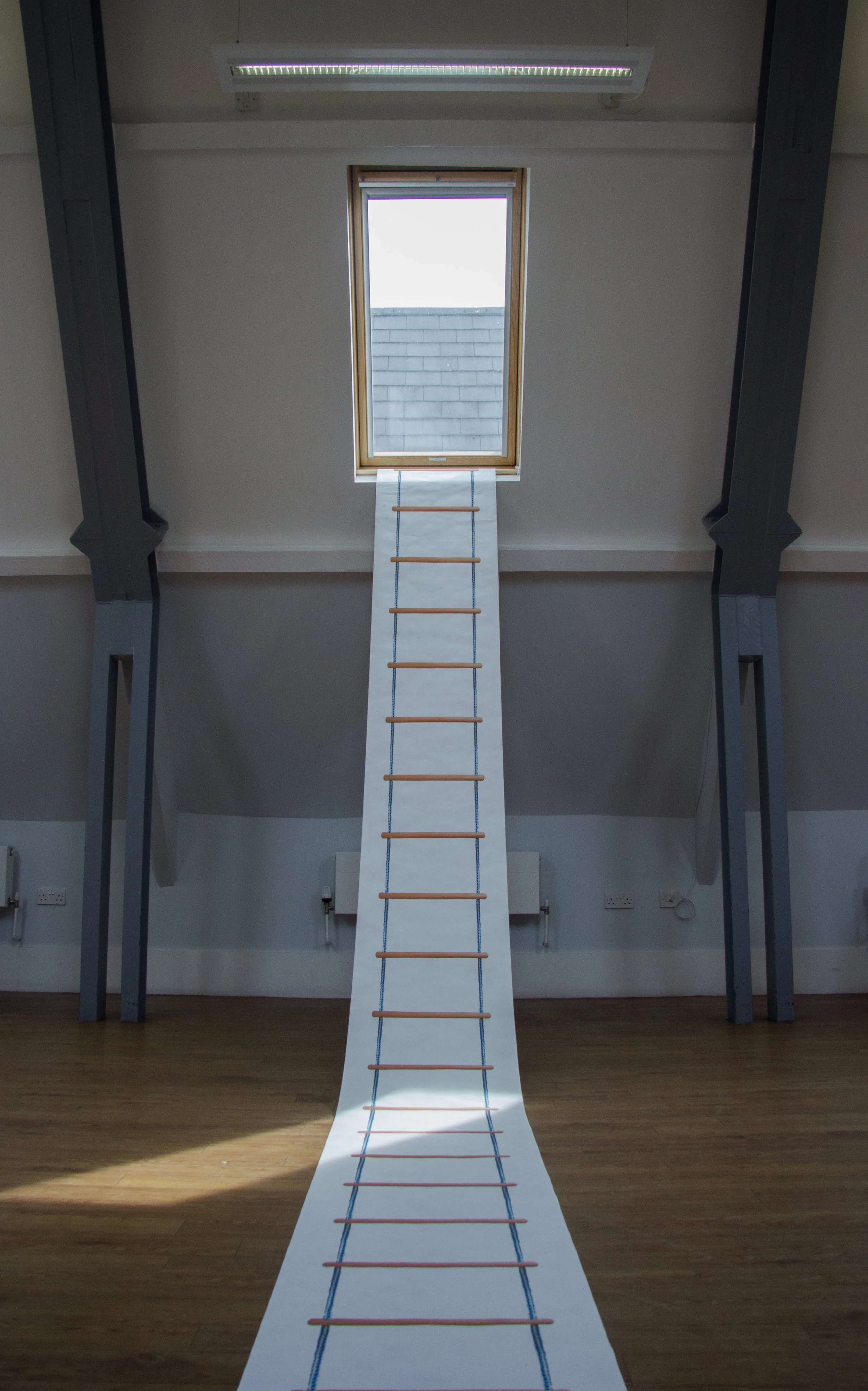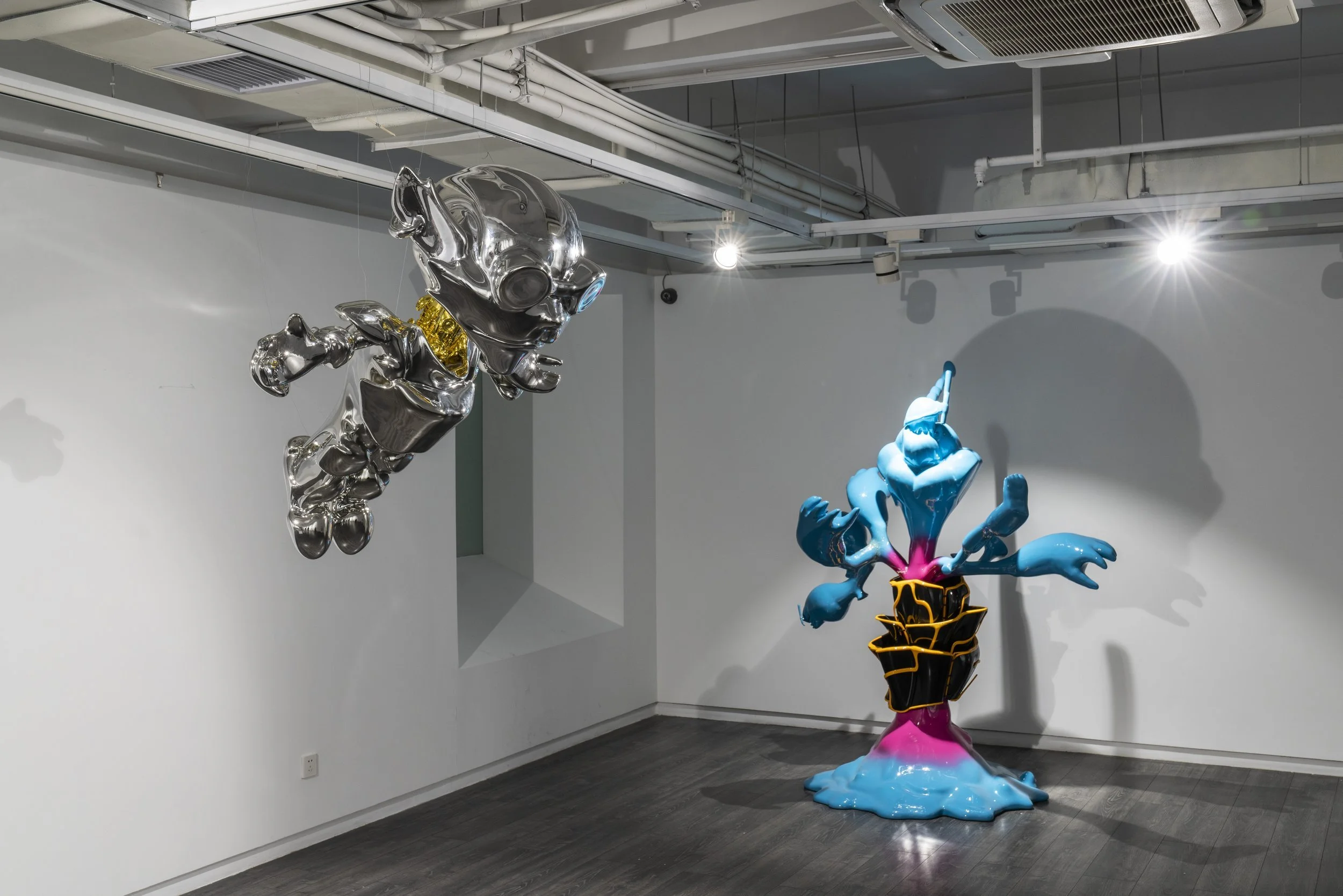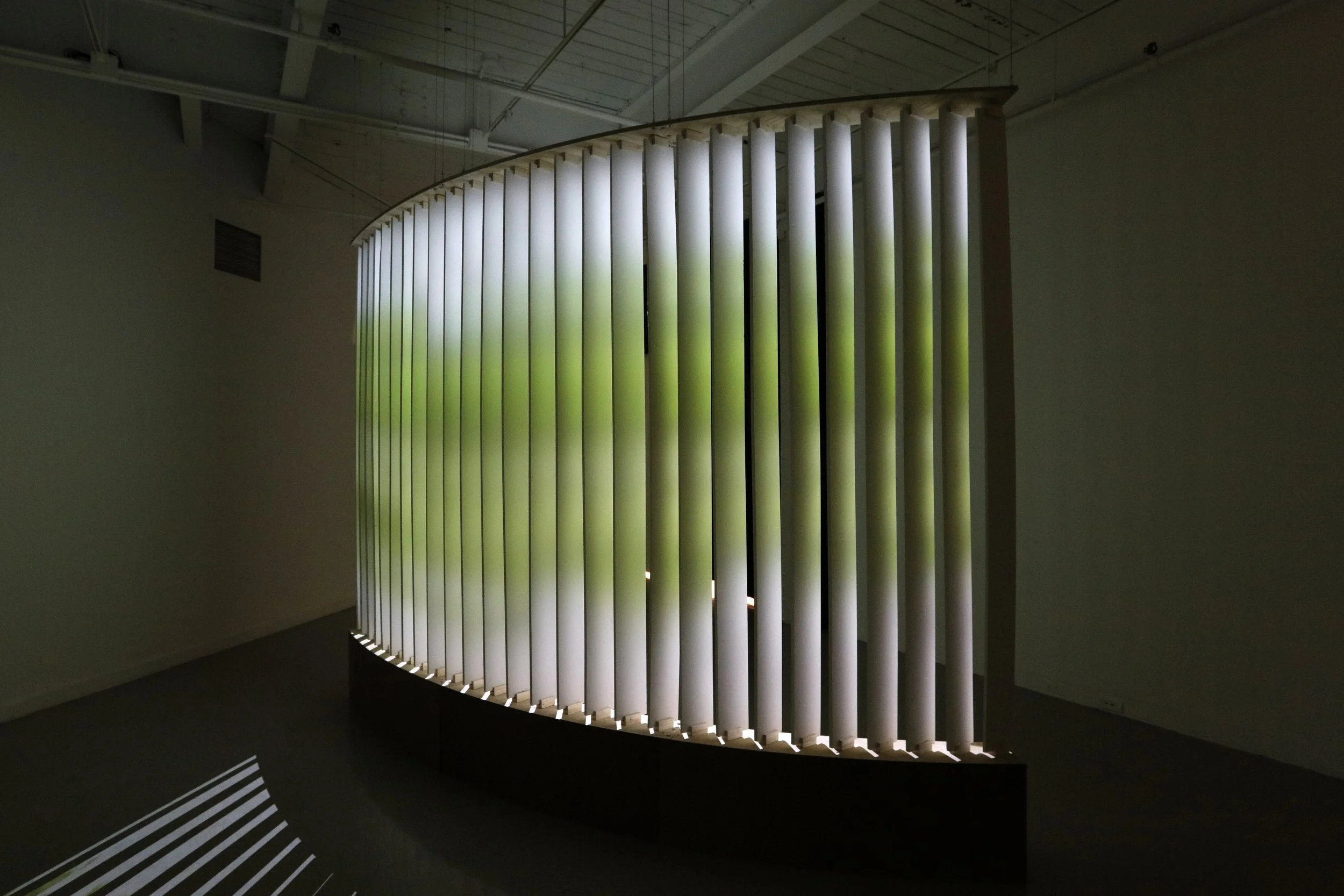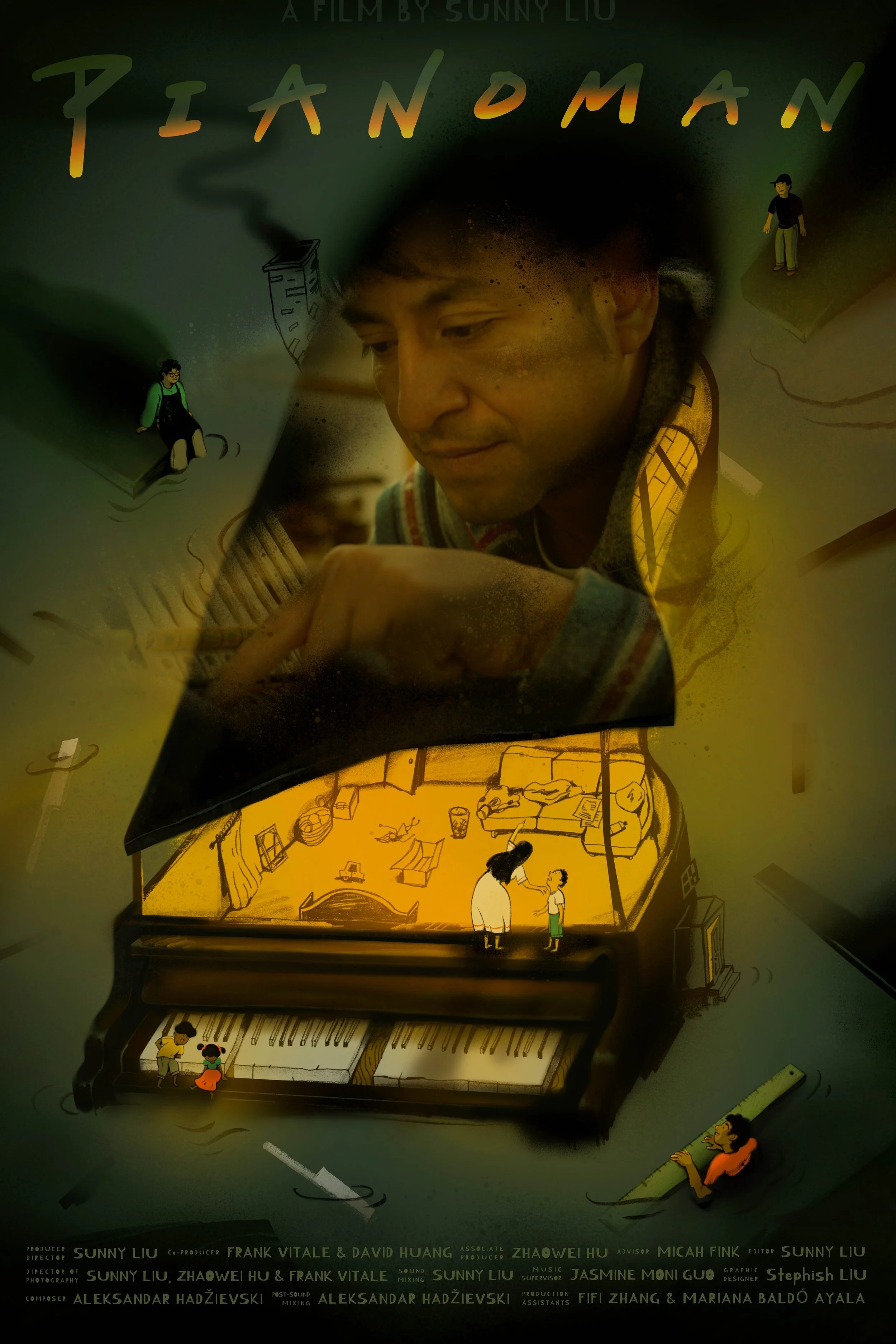10 Questions with Farrah Li
Farrah Li is a Chinese Photographic and Installation artist based in London. After graduating from Central Saint Martins College of Art and Design in 2021, she keeps delving into the realms of identity and perception through her art practice. The medium she usually uses ranges from wood and plastic to fabric and even printed or moving images. Drawing inspiration from the philosophical theories of Gilles Deleuze, particularly the concept of The Desiring Machines, she aims to create a dialogue between objects and materials, exploring alternative identities within the human experience.
Her works have been exhibited in many galleries, from Tate Modern to independent art collective spaces. From these works, you can understand how this artist challenges the traditional understanding of objects and their inherent meanings. By taking images of certain objects and printing them onto unconventional materials, she blurs the boundaries between the original identity of the object and its newfound representation. This process serves as a catalyst for contemplation, inviting viewers to question the fixed notions of what defines both objects and human beings.
Farrah Li - Portrait
ARTIST STATEMENT
“Throughout my artistic journey, I am constantly driven by the quest for alternative identities, both for ordinary objects and for myself. My creative process revolves around the exploration of materials such as balloons, plastic, strings, and fabric, as I seek to unearth hidden dimensions and identities within them. By manipulating and transforming these materials, I aim to challenge conventional notions and expand the boundaries of perception.
In 2020, I had the privilege of participating in several notable exhibitions. One of the highlights was my involvement in the Tate Exchange group show at Tate Modern. This experience provided me with a platform to showcase my artistic vision and engage with a diverse audience.
Currently, my focus lies in developing projects that explore the intricate relationship between people, performance, and the objects I create or print. By blending these elements, I aim to delve into the interplay of identities and provoke meaningful dialogue about the nature of human connection.
In essence, my artistic journey as Farrah, the “Fake” Artist, is fueled by the constant exploration of alternative identities. Through my work with diverse materials, I continuously seek to blur the boundaries between objects, people, and myself. By doing so, I hope to foster a deeper understanding of the multifaceted nature of identity and initiate thought-provoking conversations within the realm of art.”
— Farrah Li
Dead Tree, Installation, Various dimensions, 2020 © Farrah Li
INTERVIEW
First of all, introduce yourself to our readers. Who are you, and how did you start experimenting with art?
I am Farrah Li, a Chinese artist currently living in London. Prior to my time in London, I pursued studies in fashion engineering while residing in China. The fondness I developed for blending and combining garments served as the catalyst for my artistic exploration. I engage in various artistic disciplines such as installations, performance, and image creation.
You recently graduated from the Central Saint Martins College of Art and Design in London. How did this experience influence your current work and approach to art?
My time at Central Saint Martins had a profound impact on my artistic development. The exposure to diverse artistic perspectives, rigorous critiques, and engaging discussions challenged me to broaden my conceptual and technical horizons. More importantly, I have met a lot of like-mind talented friends and tutors who I exchange ideas and collaborate with.
While I was studying there, I spent a lot of time in different kinds of workshops like Casting, Printing, Wood, and Metal. It gave me a lot of chances to experiment with different materials and get the chance to touch them, feel it, and transform it into the work that I want to make in the end. Getting my hands dirty first is still my artistic routine when I start a new project till now. The institution fostered a culture of innovation and experimentation, encouraging me to push boundaries in my work. This experience greatly influenced my current approach, instilling in me a willingness to explore new ideas, mediums, and ways of engaging with the audience.
How would you define yourself as an artist today?
I see myself as a seeker of new identities and meanings, both within everyday objects and within myself. I am driven by a deep interest in environmental concerns, migration, exile, and gender issues. By addressing these themes through my work, I aim to provoke contemplation, encouraging individuals to question societal norms, challenge preconceived notions, and embrace a more holistic understanding of the human experience.
Furthermore, my art serves as a powerful medium for advocacy and social change. By raising awareness of pressing issues and evoking empathy, I actively contribute to the broader discourse on critical matters affecting our society. I intend to use my perspective and ability to translate complex concepts into visually captivating forms to make me a formidable force, capable of amplifying marginalized voices and catalyzing tangible transformation.
Can you tell us about the process of creating your work? What is your artistic routine when working?
My creative process often begins with extensive research and contemplation. I draw inspiration from various sources, such as personal experiences, literature, and societal issues. From there, I engage in sketching and experimenting with different materials, often incorporating mixed media installations, photography, and moving images. As for my routine, I maintain a dedicated studio practice, immersing myself in the creative process while allowing room for spontaneity and experimentation. This sacred space becomes a sanctuary where my vision unfolds and my ideas materialize. I like using the camera to document while I'm working or just playing around with materials. In this way, I can always find some inspiration and new ideas in these pictures and videos.
Here Comes the Ladder, Paper, 10 meters, 2021 © Farrah Li
In your work, you mix mixed media installations with photography and moving images. How do you keep your work cohesive? And how did you develop your artistic language?
I strive to connect different mediums and elements through overarching themes and narratives. This cohesion is further enhanced by a consistent visual language and aesthetic sensibility that ties my work together, like the heart-shaped balloon that I have used for a few of my works in different ways by transforming it into performance or printed works. It needs time and more practice. Over time, I have developed this artistic language through continuous exploration of materials, techniques, and visual storytelling by showing the viewers a whole picture of what Farrah's work is like.
How do you choose which medium to use for a specific project?
The choice of medium for a specific project is deeply influenced by the conceptual underpinnings of the work. I consider how each medium can effectively convey the intended message and evoke the desired emotional response from the audience. Sometimes, the choice is intuitive, guided by an innate sense of how a particular medium can best capture and express the essence of the concept I am exploring.
In your opinion, what does differentiate your work from the rest? In other words, what do you feel makes your work unique and truly your own?
What sets my work apart is my distinct approach to defamiliarizing everyday objects and challenging conventional perceptions. By infusing "fake identities" into these objects, I aim to disrupt the notion of ontological truth and redefine our understanding of authenticity. Furthermore, my exploration of the interplay between identity and the environment is often presented playfully and uniquely, like a joke that intends to provoke people's thoughts. At the same time, my character is just a persona rather than a real person, which is the way I prefer viewers can look at as.
Is there anything else you would like to experiment with?
I am constantly driven by a sense of curiosity and a desire for artistic growth, which encourages me to further explore immersive installations, interactive art, and interdisciplinary collaborations. Additionally, I am drawn to the potential of integrating emerging technologies into my work, such as virtual reality or augmented reality, to expand the possibilities of artistic expression.
You live in London, a huge art market and a thrilling city for contemporary art. What do you think about the art community and market?
London's art community is incredibly dynamic and diverse, providing a fertile ground for creative exchange and growth. I find the city offers a wealth of opportunities to engage with fellow artists, curators, and art enthusiasts. Attending new exhibitions and immersing myself in the works of other artists fuels my eagerness to create and continuously learn from my peers. The desire to explore and gain insight into their artistic endeavors serves as a profound inspiration, motivating me to push the boundaries of my practice and strive for further growth.
The vibrant art market in London also facilitates exposure and recognition for emerging artists. However, competitiveness can be daunting, and artists must navigate the balance between artistic integrity and market demands. Overall, I find London's art scene both inspiring and challenging, constantly pushing me to evolve as an artist.
Finally, any projects you are looking forward to for this year?
I am working on a series of performances that delve deeper into the intimate relationship between individuals and their environments. I am constantly exploring opportunities for solo exhibitions and collaborative ventures that allow for meaningful engagement with audiences. One artist and another curator are curating an exhibition together with the theme of sensory, which we hope will happen later this summer. These endeavors serve as avenues for me to continue my artistic exploration and contribute to the ongoing dialogue surrounding identity, environment, and societal issues not just in London but across the globe.


















